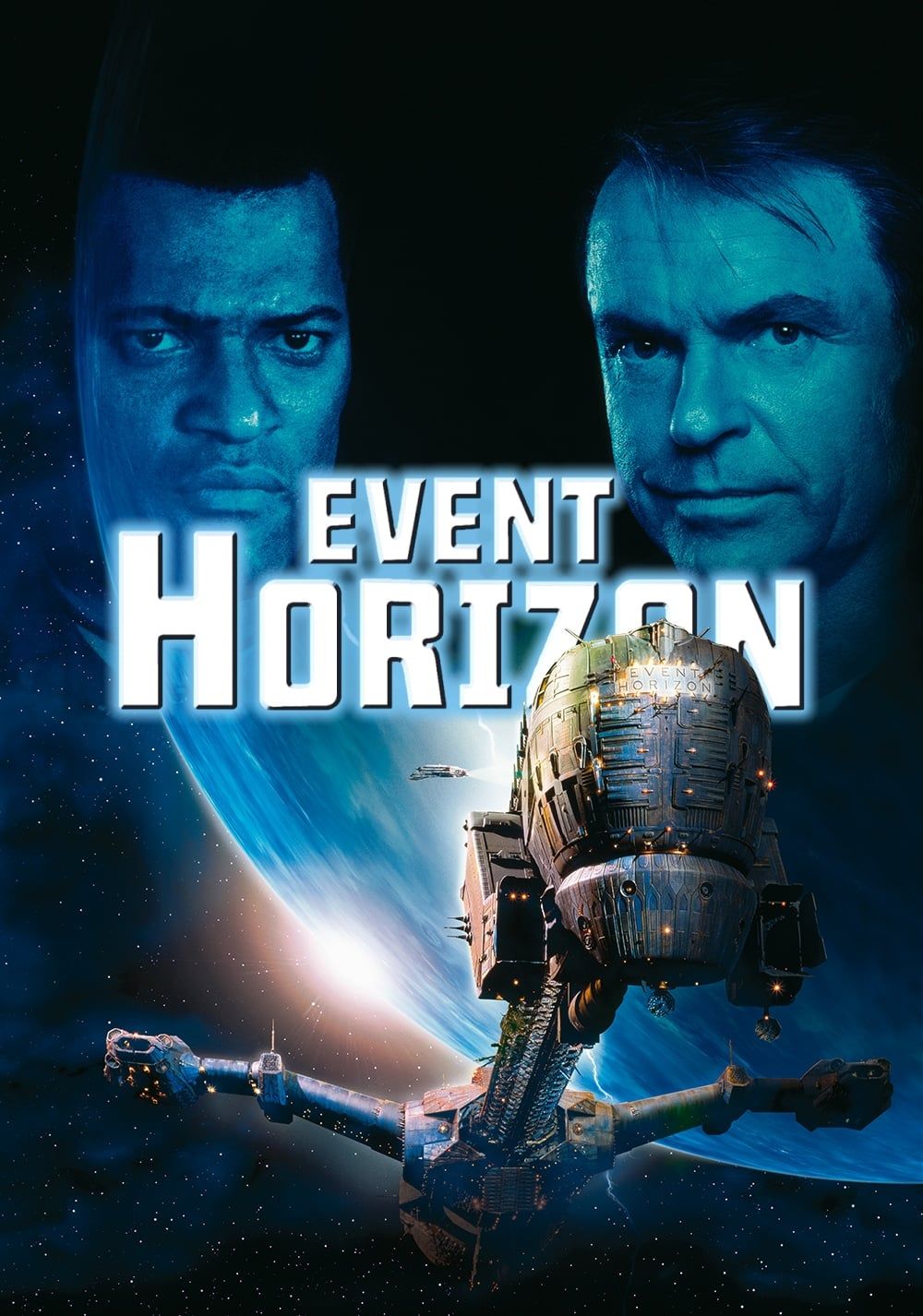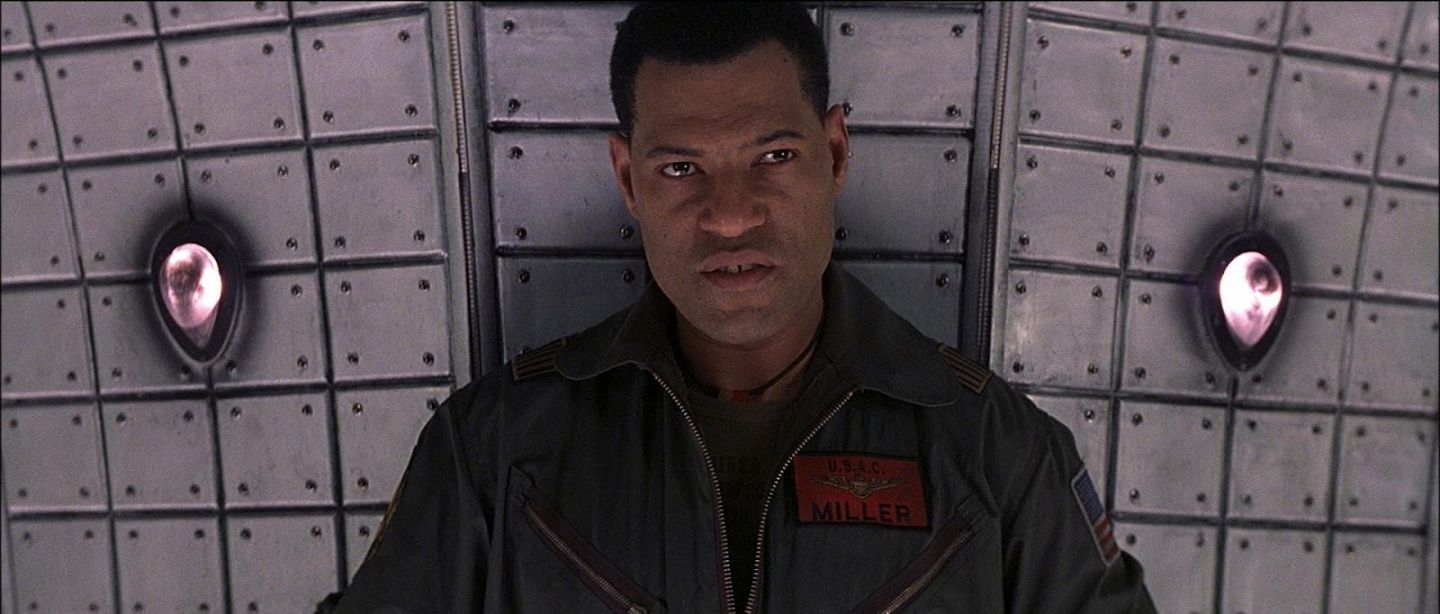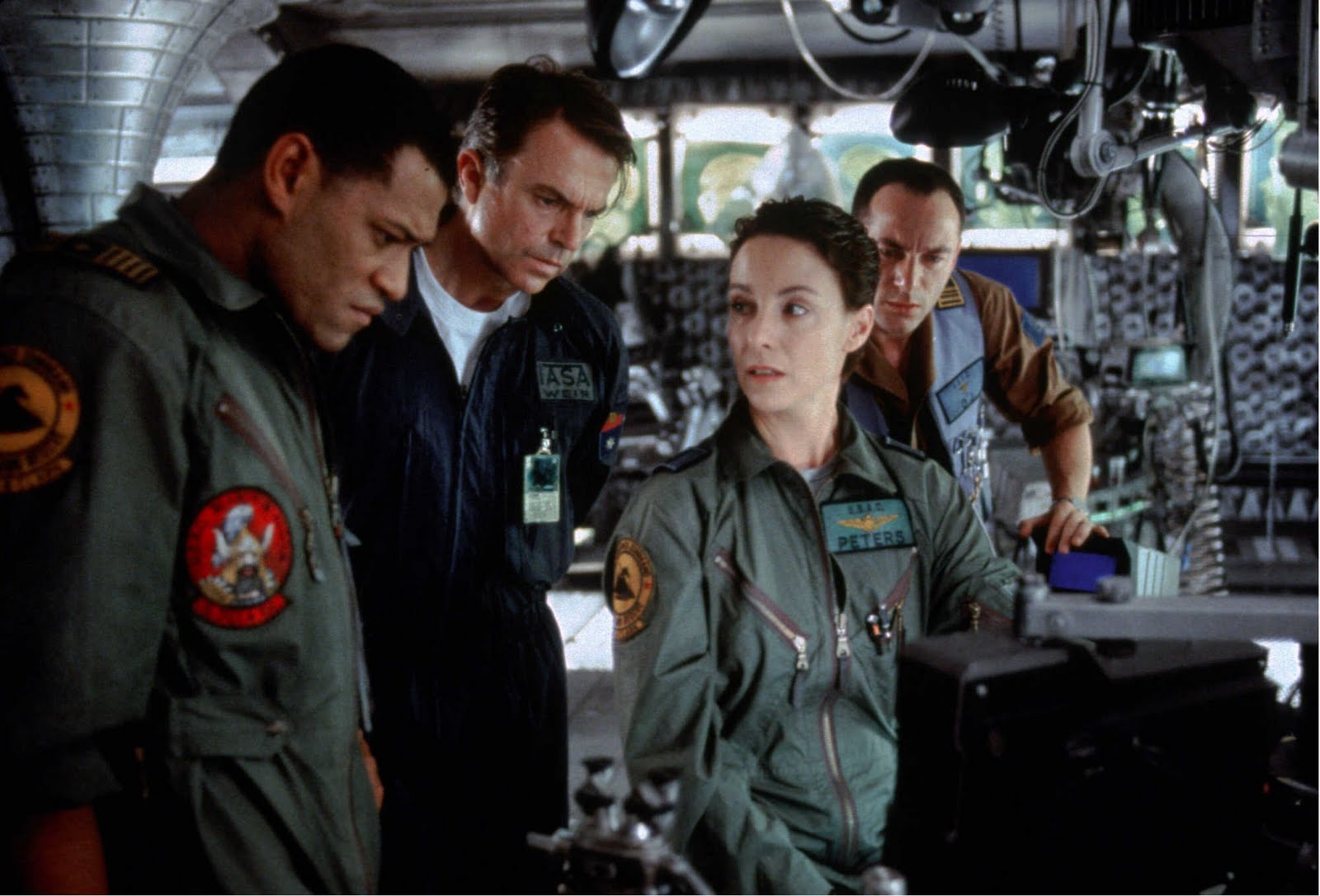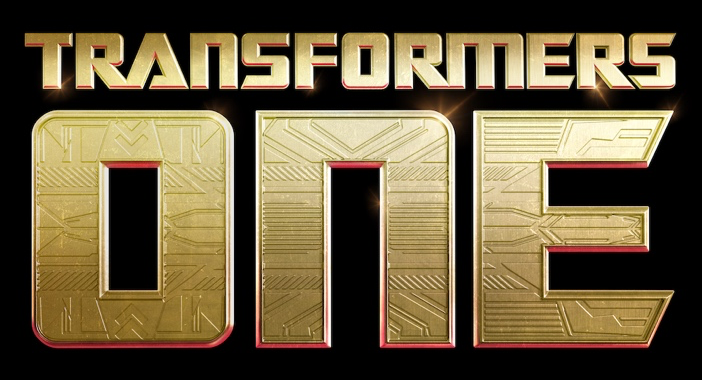
RETRO MOVIE REVIEW: Event Horizon
Some perfectly solid films are not given the credit that they are due during its theatrical run. Sometimes, whether due to poor marketing or circumstances outside of the filmmaker’s control, these films are overlooked and not truly appreciated until later. One such film is Event Horizon, which only made one third of its initial $60 budget during its theatrical run. Nevertheless, time has been kind to the film, not only aging well, but becoming a science fiction/horror cult classic. If anything, Event Horizon is quite possibly the best film in the career of director Paul W. S. Anderson, who today is best known for video game inspired action films.
The core concept behind Event Horizon has genuine merit, especially in a relatively scarce subgenre like SF/horror. The high concept can best be summed up as “The Shining in space”, though the execution is interesting enough to move it beyond its roots in Stephen King. The story hook is excellent—an experimental faster-than-light ship is found at the edge of the solar system, and an Earth crew is sent to retrieve it and rescue the Event Horizon’s crew. The starship itself is the monster, playing on psychological horror to break the minds of the humans occupying it. Moreover, it’s a concept that plays perfectly into Lovecraftian horror, with the idea of the unknown of space creating the terror. At the same time, the gravity drive of the Event Horizon is a solid bit of worldbuilding, using a largely hard SF approach to this universe’s physics. Playing the otherworldly horror against the Alien-inspired hard SF elements works without drawing too much influence from the Alien series. The mixture of influences, as well as the film’s own unique ideas, leads to a movie that stands apart from the ideas that inspired it.
The script of the film by Philip Eisner works for the most part, though it does struggle somewhat through the ending. Where the movie works is when it plays on doubt, making the viewer question the narrative that’s been presented. At first, it seems like the otherworldly elements and the psychological horror could be attributed to rational explanations, especially the idea that the gravity distortions caused by the experimental drive are creating hallucinations. Where the movie plays on that uncertainty, the horror is truly unsettling and creepy. Moreover, the characters and their nightmares are well thought out, with horrific visions that play on their regrets and their fears to create terror. Where the script stumbles is towards the end of the film, which dispels the doubt and becomes more of a SF/action film.

Additionally, the corruption of Sam Neill’s character, meant to echo Jack Torrance, doesn’t work nearly as well as it does in The Shining. The reason that Torrance’s fall is so tragic and so powerful is that we see that he wasn’t evil at first. He fell to darkness because of stir-craziness and his addiction to alcohol, a tragic flaw that was exploited and encouraged by the evil spirits living in the Overlook Hotel. In the case of Neill’s Weir, though, we don’t get that compelling tragic flaw or a sense that Weir was ever truly sane. The performance by Neill is outstanding, unsurprising for an actor of his talent and experience, and he plays the heel turn effectively. At the same time, there are times when Weir appears to be undermining the crew the whole time, driven by his obsession with his dead wife, to the point where he could be seen as having always been the villain. Neill does his best to offset this with his performance, but even his charisma can’t overcome the script’s deficiencies with this character.
In fairness to the movie, the film’s cast is a spectacular ensemble, featuring some outstanding actors in the prime of their careers. Laurence Fishburne had not yet been cast as Morpheus in the Matrix Trilogy, but this movie established his SF bona fides. In the role of Captain Miller, Fishburne also plays one of the most compelling characters in this film. Miller’s backstory is fascinating, and it establishes why he is driven to save every member of his crew, even if it means his own life. Joely Richardson does a solid performance as the second-in-command, Lieutenant Starck, although her role comes across as somewhat of a Ripley homage. Kathleen Quinlan plays another of the more promising characters, Peters, driven by her desire to see her lost family. Quinlan gives the character believability and vulnerability in the role, and the horror scenes involving her work quite well. It’s interesting to see Jason Isaacs in an unusual heroic role, though with the same edge he brings to many of his later roles. Other notable actors include Sean Pertwee (son of Third Doctor Jon Pertwee) as the ship’s pilot, and Noah Huntley as a ghostly crewman who haunts Miller. However, the standout performance is easily Sam Neill as Weir, who is consistently entertaining to watch even with the script issues, and he becomes more fascinating the more unhinged he becomes. The result is a very good group of actors that elevates the quality of the film with a good ensemble performance.

It’s unfortunate that because of lost footage, we’ll never see a proper Director’s Cut of this film. Some of the missing details might have made a stronger version of Event Horizon that would hold up better than the original theatrical version. As it is, however, Event Horizon is a film that stands as a modern classic of SF/horror, offering compelling ideas and characters along with many effective horror and action scenes. If you’re looking for a good Halloween film, this movie should offer enough horror to satisfy that itch while also working quite well as a work of science fiction. This is a better movie than when it was made, and that’s not something every film can claim.
Score: 4/5
Director: Paul W. S. Anderson
Writer: Philip Eisner
Cast: Laurence Fishburne, Sam Neill, Joely Richardson, Jason Isaacs, Sean Pertwee, Kathleen Quinlan, Richard T. Jones, Jack Noseworthy, Holley Chant, Noah Huntley
Author Profile
- Steve Sellers had been a fan of superheroes ever since Superman: The Movie. But it took the JSA, the Legion of Super-Heroes, Dragonlance, Lord of the Rings, Twilight Zone, and Chris Claremont's legendary run on the X-Men to make him a writer and a longtime fan of comics, fantasy, and science fiction. Steve is the co-creator of WHITE DRUID & MICHAEL NERO and GUARDIANS OF ELAYIM for Omen Comics, and he is also the creator of BLITZ and SHOCKWAVE for Revelation Comics (an imprint of Omen Comics).









